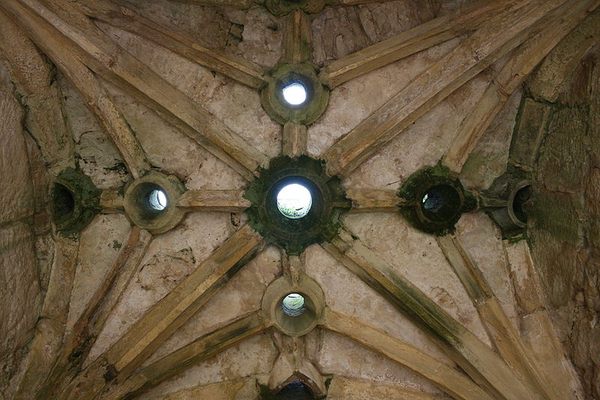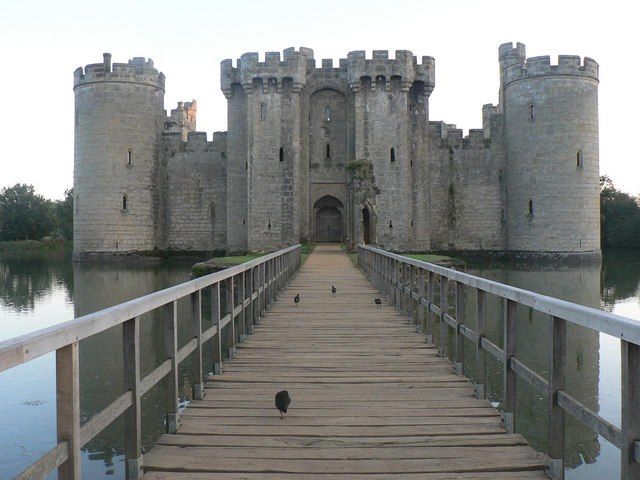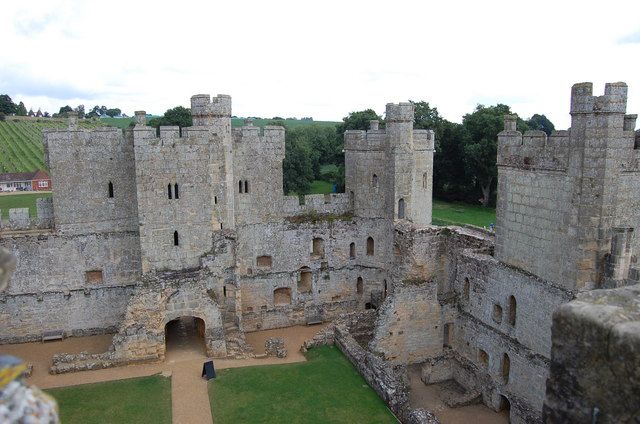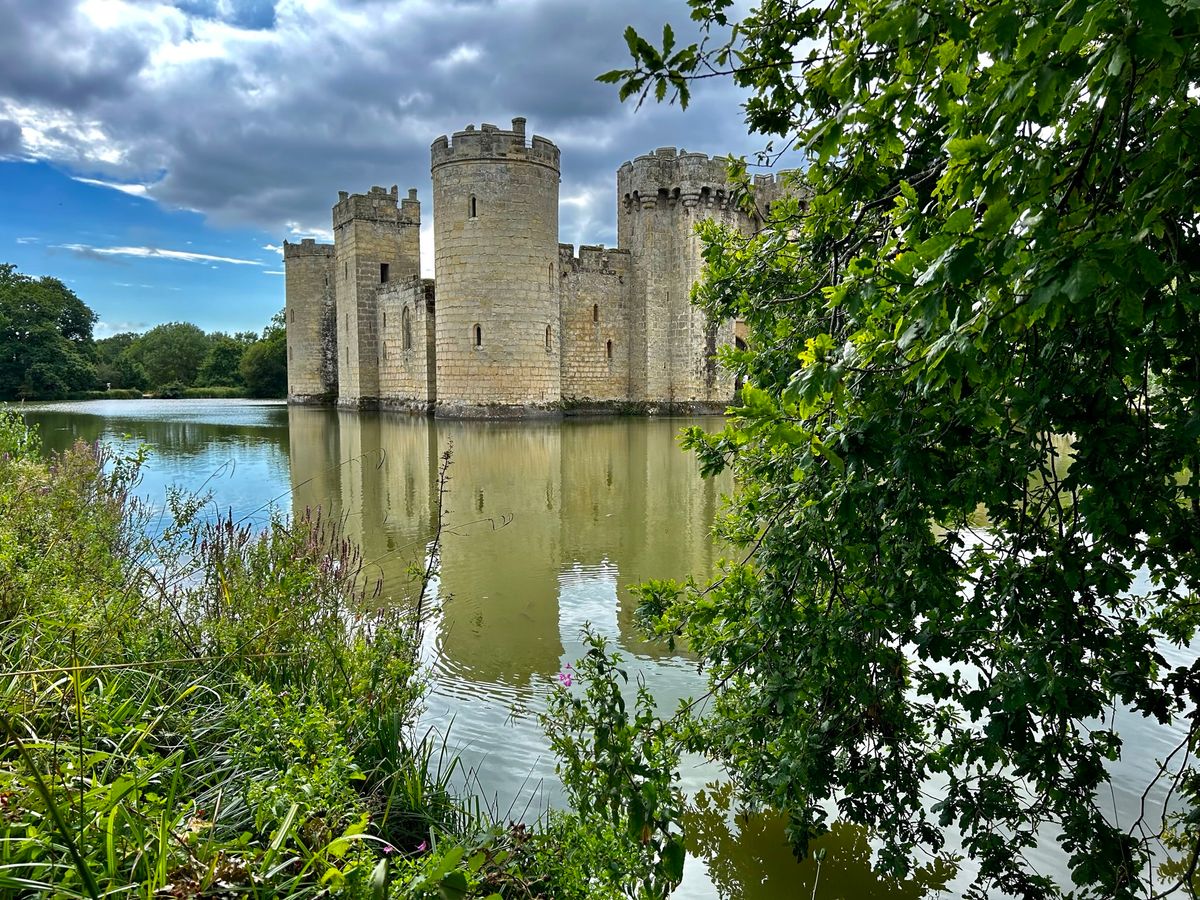About
This picture-perfect moated medieval castle was built in 1385 by a noble knight named Sir Edward Dalyngrigge. As the youngest son of a baron, he did not inherit his family's estate and instead embarked on a "career" as a mercenary on the European continent. Warring in France and Italy for a bloodthirsty band of soldiers of fortune, he was able to accumulate a vast amount of wealth.
Upon returning to England in 1377, Dalyngrigge used his ill-gotten fortune to build himself a manor house in East Sussex. Later, he was encouraged to fortify his home by the Plantagenet King Richard II, who required fortifications in southeast England as a deterrence against an expected French invasion. Instead, Sir Edward opted to build a full-blown defensive castle on the land. Bodiam Castle was laid out with a square central courtyard guarded by four circular towers at the corner, and it seems to float atop the picturesque moat that surrounds the structure.
Although the French invasion never came, Bodiam Castle did see action against another, internal threat to the English aristocracy: from the working classes during the peasant rebellion of 1381. In the neighboring county of Kent, the rebellion had been sparked by a poll tax imposed by the king on a population who had in recent years been devastated by the Black Death and famines, and who were tired of fighting the Hundred Years' War with France.
More than 600 years and much political turmoil later, the well-preserved imposing castle is still standing. Though the interior is a state of ruin, it’s done little to detract from the iconic beauty of this impressive medieval manse.
Related Tags
Know Before You Go
The castle and grounds can be accessed by train, car, or ferry. It’s open daily from 11 a.m. to 7 p.m. Tours are available and the guides are very knowledgable. There is a parking lot at the site, as well as a tea room and gift shop.
Community Contributors
Added By
Published
March 27, 2019




















































